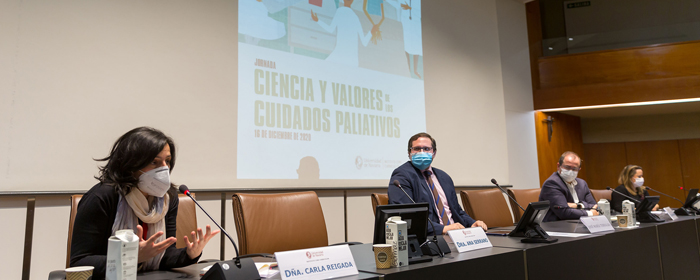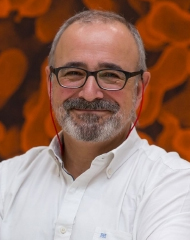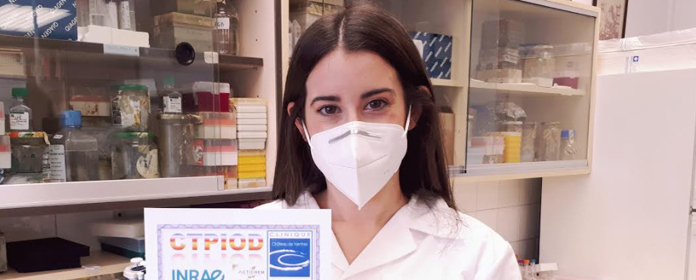Researchers at CIMA identify new mechanisms that kill liver cancer cells
Could facilitate more effective treatments based on a therapeutic virus
A team of scientists from the research center Applied Medicine (CIMA) of the University of Navarra has identified new molecular mechanisms used by a therapeutic herpesvirus to destroy liver cancer cells. The work, published in the journal Molecular & Cellular Proteomics, is part of a European project involving laboratories in Germany, France, Italy, Greece and several biotechnology companies.
Even with the precautions inherent to biomedical research , one of the most promising strategies for the treatment of liver cancer is the use of therapies based on subject herpesvirus I (HSV-1). The study has analyzed the changes that occur in the proteome (set of hundreds of thousands of proteins) of liver cancer cells when infected by an HSV-1. "Using proteomic technology, we have identified 25 cellular proteins that are altered within the first 24 hours after infection. Some of them are directly involved in a process of cancer cell 'suicide' called oncoapoptosis. At summary, we have identified part of the molecular mechanisms that cause liver tumor cells to be destroyed by the action of HSV-1", explains the biochemist Enrique Santamaría, researcher principal investigator of the study. María Isabel Mora, Joaquín Fernández-Irigoyen, Elvira Carro-Roldán, Rubén Hernández-Alcoceba, Jesús Prieto and Fernando Corrales, scientists from the area Gene Therapy and Hepatology and the Proteomics Unit of the CIMA, as well as Corinne Potel and Alberto Epstein, from the University of Lyon (France), also participated in the study.
According to the specialists, this work raises new expectations for the development of therapies against liver cancer that are more effective and have fewer side effects. "From now on, our line of research will focus on the development of proteomic techniques that will enable us to obtain new molecular diagnostic methods for diseases such as liver cirrhosis and liver cancer," concludes Enrique Santamaría.





